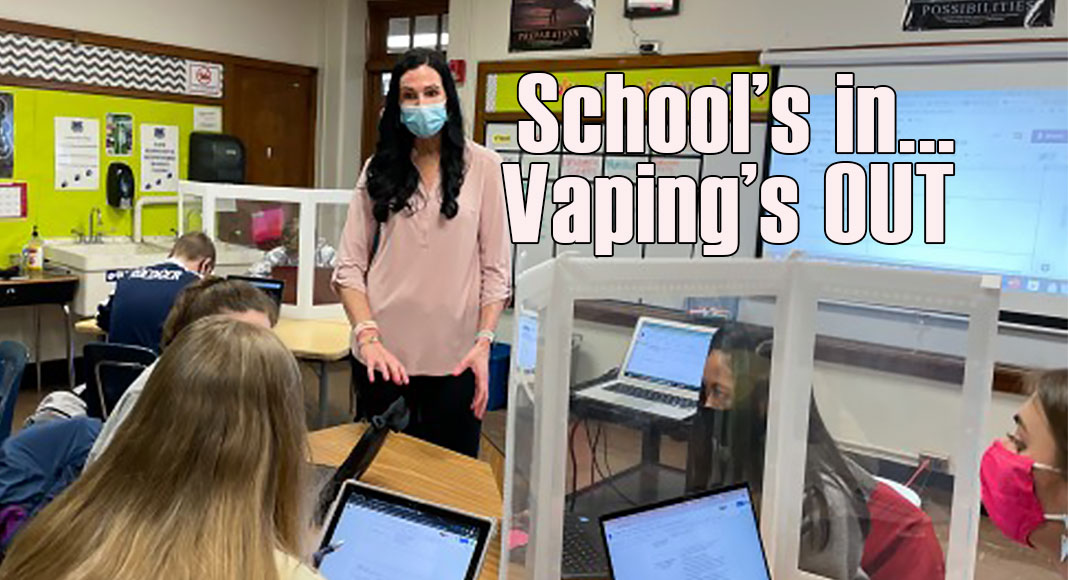
Mega Doctor News
Newswise — COLUMBUS, Ohio – The global COVID-19 pandemic has forced many people to live in relative isolation for more than a year. As adolescents return to school, public health experts caution parents to pay close attention to signs of tobacco use among teens. While there has been a decline in smoking traditional cigarettes among youth as well as adults, e-cigarette use continues to increase.
Experts express concern about rising rates of dual- and poly-tobacco product use, particularly among adolescents and young adults.
“Youth have gone through a rollercoaster of changes during the last year and a half during the ongoing global COVID-19 pandemic. These dramatic and persistent changes take a toll and can cause anxiety, depression and stress that lead many to cope through smoking,” said Theodore Wagener, director of the Center for Tobacco Research at The Ohio State University Comprehensive Cancer Center – Arthur G. James Cancer Hospital and Richard J. Solove Research Institute (OSUCCC – James). “Tobacco products have become much more widely available with the introduction of alternative combustible devices like electronic cigarettes and waterpipes – and research suggests they can be just as addictive as traditional cigarettes. More research is critically needed to put science behind the U.S. Food and Drug Administration’s regulation of these products to protect the public’s health.”
Launched in 2020, the Center for Tobacco Research (CTR) brings tobacco experts from across Ohio State – including psychology, epidemiology, biostatistics, environmental health, health communications, chemistry, biochemistry, cancer biology and law – together to conduct collaborative research aimed at increasing scientific knowledge to help regulate tobacco products effectively in a way that best serves individual and public health interests.
The evidence-based tobacco research program enables these teams to study electronic cigarettes (also known as e-cigs or vapes) and other combustible products like waterpipes (also known as hookahs) and cigars, as well as traditional cigarettes.
Researchers with the CTR are investigating everything from buying behaviors influenced by mass media campaigns and the health effects of specific product ingredients to new methods of encouraging tobacco product cessation or preventing youth and young adults from beginning to use tobacco products in general.
One example of this collaboration is the Buckeye Teen Health Study, which explores the differences in e-cigarette and tobacco product use among boys and young men in rural and urban areas, and how marketing and advertising affects their behavior, especially as it relates to the dual use of tobacco products and how vaping could be a gateway to more harmful nicotine products.
“We check in with participants every six months, which helps us track their behaviors over a long period of time and into adulthood,” said Amy Ferketich, an Ohio State College of Public Health researcher and member of the OSUCCC – James Cancer Control Research Program who leads the Buckeye Teen Health Study. “We found that the participants in the study who were e-cigarette users were much more likely to transition to cigarettes or smokeless tobacco.”
Another current study at the CTR discovers links among different tobacco-related products. For example, it is estimated that 38% of young people who smoke hookah also use e-cigarettes. Researchers are now examining how cessation programs for teens that target one product can lead to reductions in the use of all nicotine products. The scientists say this is especially important because studies suggest that youth vape and hookah users are more likely to not only continue to vape but also to smoke traditional cigarettes or use other nicotine delivery products.











